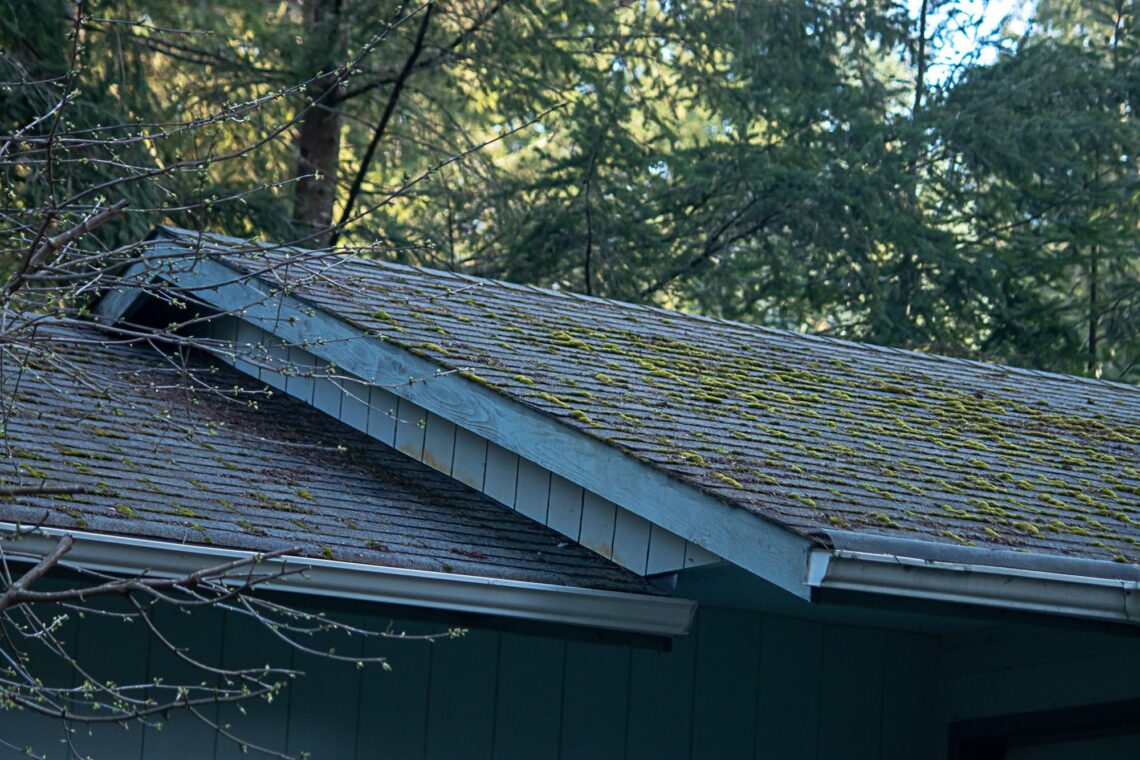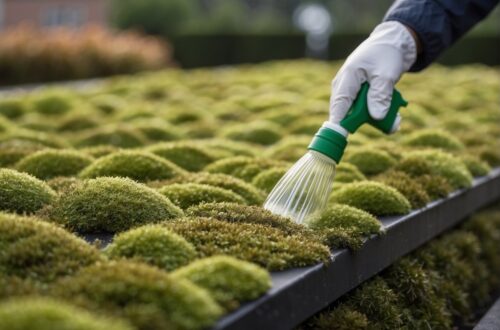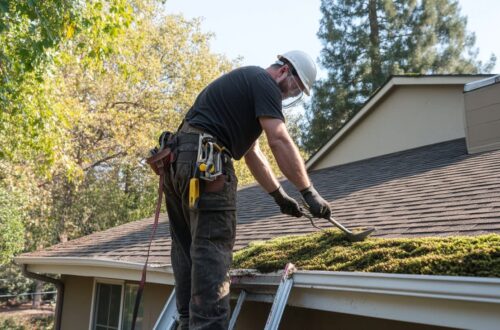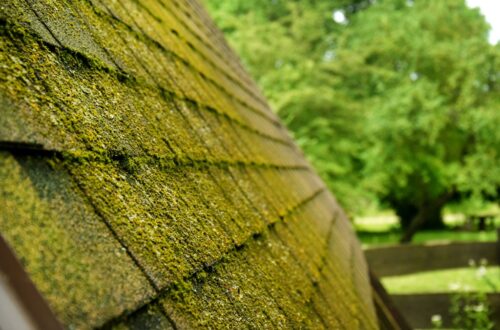Storms can leave behind a variety of issues for homeowners, and one of the most common problems is the growth of moss on rooftops. While moss may seem harmless, it can lead to serious damage if left unchecked. Understanding how storms contribute to moss growth, what to look for when inspecting your roof, and the best ways to remove moss can help protect your home and extend the lifespan of your roof.
How Storms Encourage Moss Growth
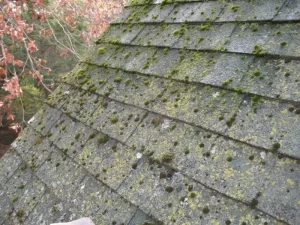 Storms create the perfect conditions for moss to thrive. Heavy rains saturate roofing materials, while strong winds blow organic debris, such as leaves and dirt, onto the surface. This debris traps moisture, creating an ideal environment for moss spores to take hold. If a roof is shaded by trees or lacks proper drainage, the problem becomes even worse, as the surface remains damp for extended periods. Over time, moss can spread across shingles, breaking down their protective layers and making them more vulnerable to leaks and other structural damage.
Storms create the perfect conditions for moss to thrive. Heavy rains saturate roofing materials, while strong winds blow organic debris, such as leaves and dirt, onto the surface. This debris traps moisture, creating an ideal environment for moss spores to take hold. If a roof is shaded by trees or lacks proper drainage, the problem becomes even worse, as the surface remains damp for extended periods. Over time, moss can spread across shingles, breaking down their protective layers and making them more vulnerable to leaks and other structural damage.
Signs of Moss Growth After a Storm
After a storm passes, it is essential to inspect your roof for early signs of moss growth. Even if moss was not an issue before, the combination of wind, rain, and debris could create new patches. Look for discoloration, green or brownish patches, and areas where shingles appear damp for long periods. In some cases, moss growth may be subtle at first, appearing as small clusters along shaded or north-facing areas of the roof. Over time, these patches will expand, covering larger sections and making removal more challenging.
Apart from the visible moss, check for signs of water retention. If certain sections of the roof seem to dry more slowly than others, they could become breeding grounds for moss. Gutters clogged with organic debris can also contribute to the problem, as water may overflow and keep the roof wetter than it should be. Addressing these issues early will prevent more extensive damage.
Why Moss Removal Is Essential
Moss may appear to be just a cosmetic issue, but it poses a serious threat to the structural integrity of your roof. It retains moisture, which can lead to rotting shingles and weakened roofing materials. Over time, this can result in leaks, mold growth inside your home, and expensive repairs. Additionally, moss can lift shingles as it grows, exposing the underlayment and making the roof more susceptible to wind and rain damage.
If moss is allowed to grow unchecked, it can reduce the lifespan of your roof significantly. Instead of lasting the expected 20 to 30 years, a moss-covered roof may require premature replacement. Keeping your roof clean and moss-free ensures that it remains strong and functional for as long as possible.
How to Safely Remove Moss
Once moss has started to grow, removing it properly is crucial to prevent further damage. Avoid using high-pressure washers, as they can strip away protective coatings on shingles and cause additional deterioration. Instead, use a soft-bristle brush or a garden hose with a low-pressure spray to gently dislodge the moss. Work from the top of the roof downward to avoid lifting shingles or forcing water underneath them.
There are also specialized moss-killing solutions available, including chemical treatments and eco-friendly alternatives. Some homeowners choose to use a mixture of water and vinegar or a diluted bleach solution to kill moss before brushing it away. However, it is important to follow manufacturer guidelines and ensure that runoff does not harm plants or landscaping below.
If moss growth is extensive, professional roof cleaning services may be the best option. Trained specialists have the right tools and expertise to remove moss without damaging shingles, ensuring a thorough and long-lasting result.
Preventing Future Moss Growth
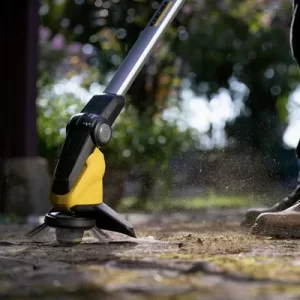 Once moss has been removed, taking preventive measures will help keep it from returning. One of the most effective ways to deter moss growth is to improve sunlight exposure. Trimming overhanging tree branches will reduce shade and allow the roof to dry more quickly after rainstorms. Cleaning gutters regularly also prevents water from pooling along the edges of the roof, which can contribute to moss growth.
Once moss has been removed, taking preventive measures will help keep it from returning. One of the most effective ways to deter moss growth is to improve sunlight exposure. Trimming overhanging tree branches will reduce shade and allow the roof to dry more quickly after rainstorms. Cleaning gutters regularly also prevents water from pooling along the edges of the roof, which can contribute to moss growth.
Another useful strategy is to install zinc or copper strips near the roof ridge. When rainwater runs over these strips, it releases trace amounts of metal that create an environment hostile to moss. Many modern roofing materials incorporate these elements to naturally resist moss and algae growth.
Regular roof maintenance is also crucial. Inspecting the roof at least twice a year and after major storms will help identify potential problems before they escalate. Keeping the surface clear of debris and removing any small moss patches before they spread will go a long way in preserving the condition of your roof.

